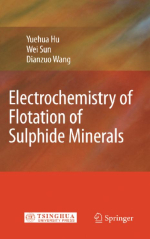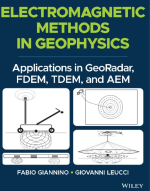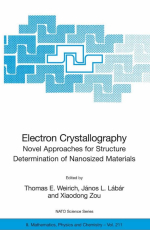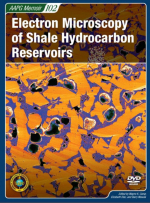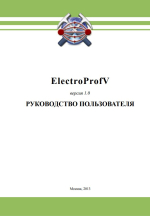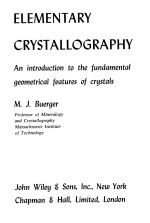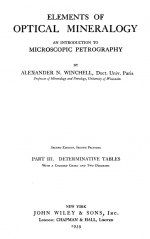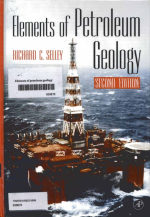Добрый день, Коллеги. Важное сообщение, просьба принять участие. Музей Ферсмана ищет помощь для реставрационных работ в помещении. Подробности по ссылке
- « первая
- ‹ предыдущая
- …
- 56
- 57
- 58
- 59
- 60
- 61
- 62
- 63
- 64
- …
- следующая ›
- последняя »
- « первая
- ‹ предыдущая
- …
- 56
- 57
- 58
- 59
- 60
- 61
- 62
- 63
- 64
- …
- следующая ›
- последняя »


